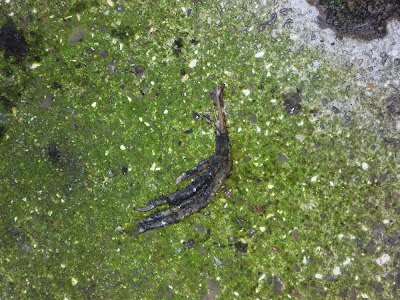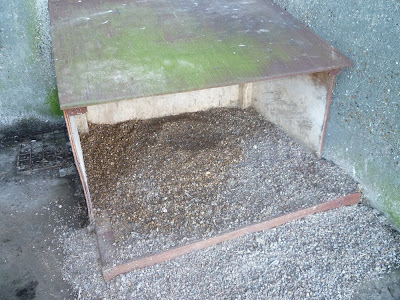January 27th
As many of you
know this is a publicised site that until recently was covered by Simon King
with HD video, it gave some stunning footage and also gave Nathalie and myself
the opportunity to study the birds at any time of day, Nathalie more so as she
put in a lot more hours watching them.
Sadly Simon has opted not to continue and coverage is no more although there may well be something in
the pipeline with the Hospital, we will see.
The Hospital have
done marvels in accommodating the pair of peregrines, sometimes in difficult
circumstance it has to be said, especially considering the threats that the
Hospital faces for the future.
This was to be the
last clean up and we had enlisted the help again of Industrial Abseiling, www.industrialabseiling.com they
did a stellar job last time and so it proved again.
One of the big
problems with the balcony is that the falls are wrong to the drain,
consequently any rainfall, and we have had record wet stuff, means that the
balcony constantly holds standing water sometimes up to an inch deep. The nest box is at one end and
the drain at the other, theoretically it should run down to the drain, it does
not, it stays. As you can imagine this does not do the base of the nest box any
good, the bottom is slowly rotting away, if my memory serves it is now 4 years
old, being constantly under water means that it rarely has a chance to dry out
in the winter.
 |
| The lads getting ready to go down |
 |
| Water everywhere |
 |
| Drain at the end, unfortunately it just sits as you can see |
 |
| Grass! |
2 years ago I
lifted it slightly to try and give it a chance, the trouble being is that I can’t
go too high as the juveniles, who are pretty active from 10 days old, may well
go out and not be able to get back in again, it’s a compromise.
My main worry has
always been the dampness transferring through the base of the box, through the
substrate and chilling the eggs from underneath, I am hoping that this may have
been rectified to a certain extent by the chaps from I A modifying the drain
slightly.
Prior to the clean
up, the box front ledge looked like it
had sprouted a forest of grass, as Nathalie mentioned this was very likely due
to prey, a pigeons split crop, the
spilled seed then germinates and takes hold.
 |
| Ready made scrape |
 |
| Cleaned and swept |
I have to say the
2 lads from I A did a great job as you can see from the photos, next year
though a new box may well be needed.





















